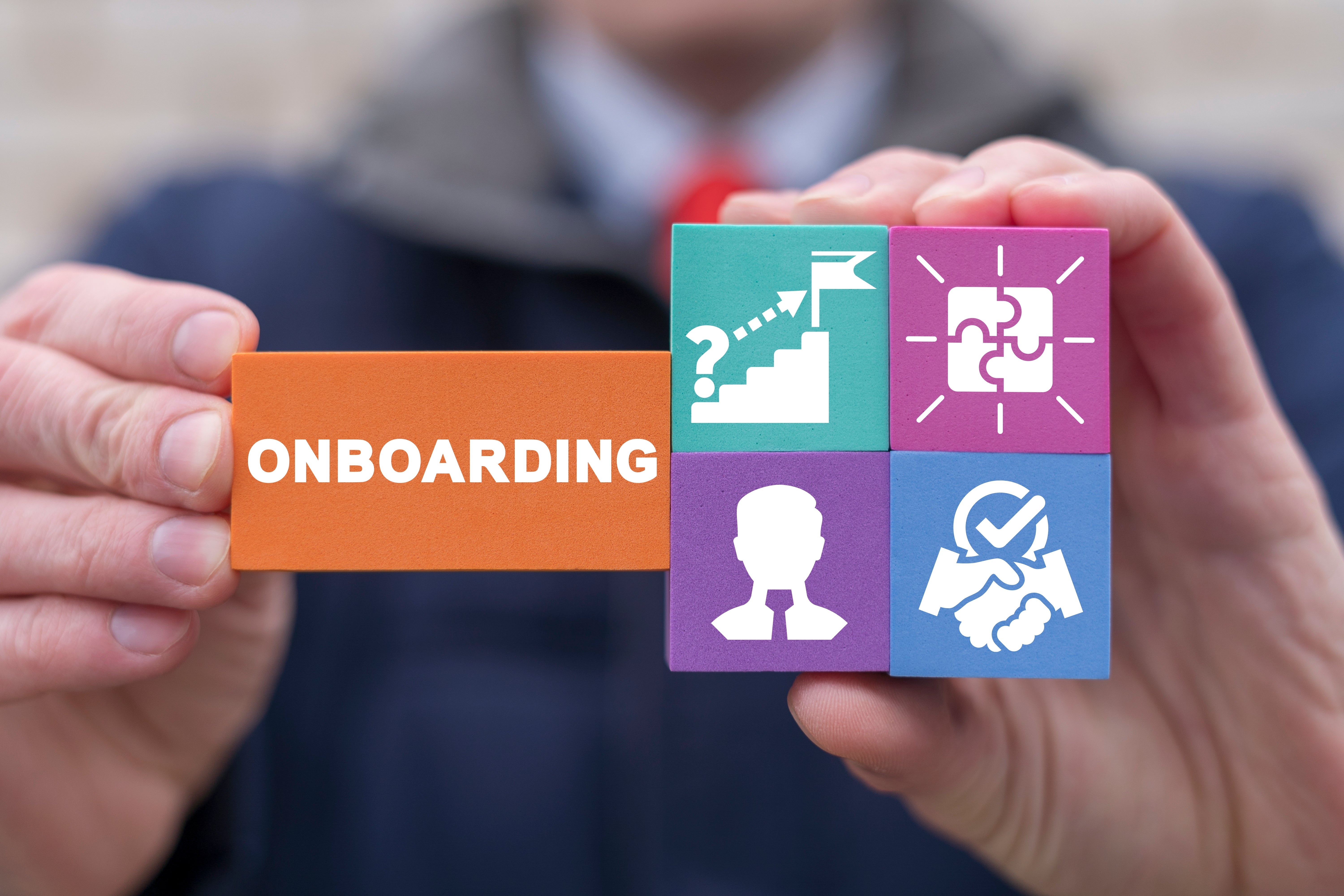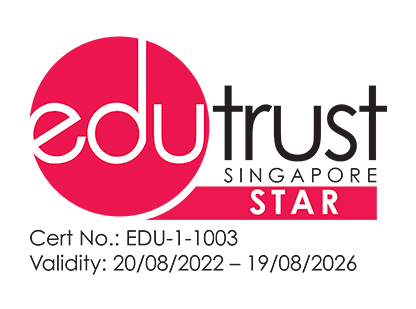Employee Onboarding Checklist: What to Include

Finding the right candidate for the job is hugely rewarding – and a huge relief!
Human resources professionals and hiring managers know this feeling well – after endless hours of screening resumes, checking assessments, and conducting multiple rounds of interviews, finding the right fit for the team and organisation is an exciting moment indeed.
But now comes the next step: employee onboarding. According to Gallup, a US-based analytics and advisory company, only 12% of employees strongly agree that their organisation does a great job of onboarding new employees – and the failure for an emotional bond to be formed between the new hire and the company could make or break retention.1
A strong, positive employee onboarding process is not just beneficial to the new joiner, but is also a reflection of company culture. So, it is important for HR professionals to ensure a comprehensive process is in place.
What Exactly is Onboarding?
Employee onboarding is a process usually undertaken by the HR department and hiring managers. It is aimed at introducing and integrating a new hire into the company, including by sufficiently preparing them to begin their new role.
Employee onboarding entails more than just signing paperwork and reading training manuals. Among the things that a new hire can expect to do during an effective onboarding process are:
- Review the employee handbook and company policies
- Learn about the company culture
- Meet team members
- Get their office equipment set up
- Adapt to their new work environment
It is the first step in building employee trust by making new hires feel comfortable and welcomed, and a chance for the company to make a great first impression and show their latest joiners that they have chosen the right place to start or advance their careers.
So, what does a robust employee onboarding look like? Let’s take a look at checklists for the pre-onboarding, first-day onboarding, and first-week onboarding stages.

Pre-Onboarding Checklist
Welcome email
A welcome email can make new hires feel appreciated and excited – instead of anxious or overwhelmed – to start their first day. It is also an opportunity for the HR department to provide and confirm key information, such as the office location, start date and time, and the reporting line.
Discuss job role and objectives
This is an opportunity to establish the new joiner’s duties and responsibilities, giving them a better understanding of what a day on the job is like. HR and hiring managers may share information on the new hire, such as their work experience and professional background, with the team they will soon join.
Prepare equipment
Make sure equipment – computer, laptop, desk, stationery, access tag, or other items – meant for use by the new employee is ready for when they start their first day. This makes it easier for them to set up their work logins and other credentials, and settle in.
First-Day Onboarding
Office tour
If your company operates a physical office, give your new employee a tour of the workspace on their first day, so that they know the lay of the land. This is also a fantastic opportunity to introduce them to their colleagues from various departments.
Meet executives and managers
When making introductions to current employees, the new hire should also meet company higher-ups – other managers as well as company executives. For those working from home, video calls can be set up for the same purpose. Of course, these introductory sessions do not need to be crammed into only the first day – spread them out within the employee’s first week, but it is good practice to ensure that the employee meets those they will have the most contact with first.
Distribute training materials
Provide the new hire with the necessary resources for them to be able to start tackling their work responsibilities with confidence. This may include training manuals and videos, as well as the relevant guidelines and references. Ensure the employee knows there is an open line of communication and a good support system, enabling them to pose questions and concerns early on.
Invite them to lunch!
A wonderful way to put a new joiner at ease and get to know them better is by taking them out to a team lunch. This simple gesture provides an opportunity for them to break the ice with their new team members and start forming connections.

First-Week Onboarding
Offer to check-in
Your new hire is likely to have specific questions about workflow and related matters at this stage, as they go undergo training. Offer to check-in with them to:
- Provide clarification
- Recommend useful resources
- Organise social activities to solidify employee relations
- Get their feedback on the onboarding process
Boost Your HR Skills Today
Ensuring a positive onboarding experience is only one area of expertise for an HR professional. Hone your HR skills with Singapore Institute of Management's 100% online Graduate Certificate in Human Resource Management (E-Learning) to plan, execute, and lead great HR initiatives with confidence.
Schedule a call with our Student Advisors today for more information on this programme geared for the workforce of the future!
References
1 https://www.gallup.com/workplace/235121/why-onboarding-experience-key-retention.aspx





